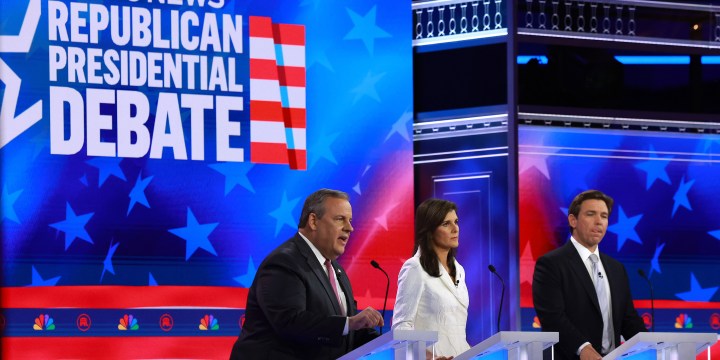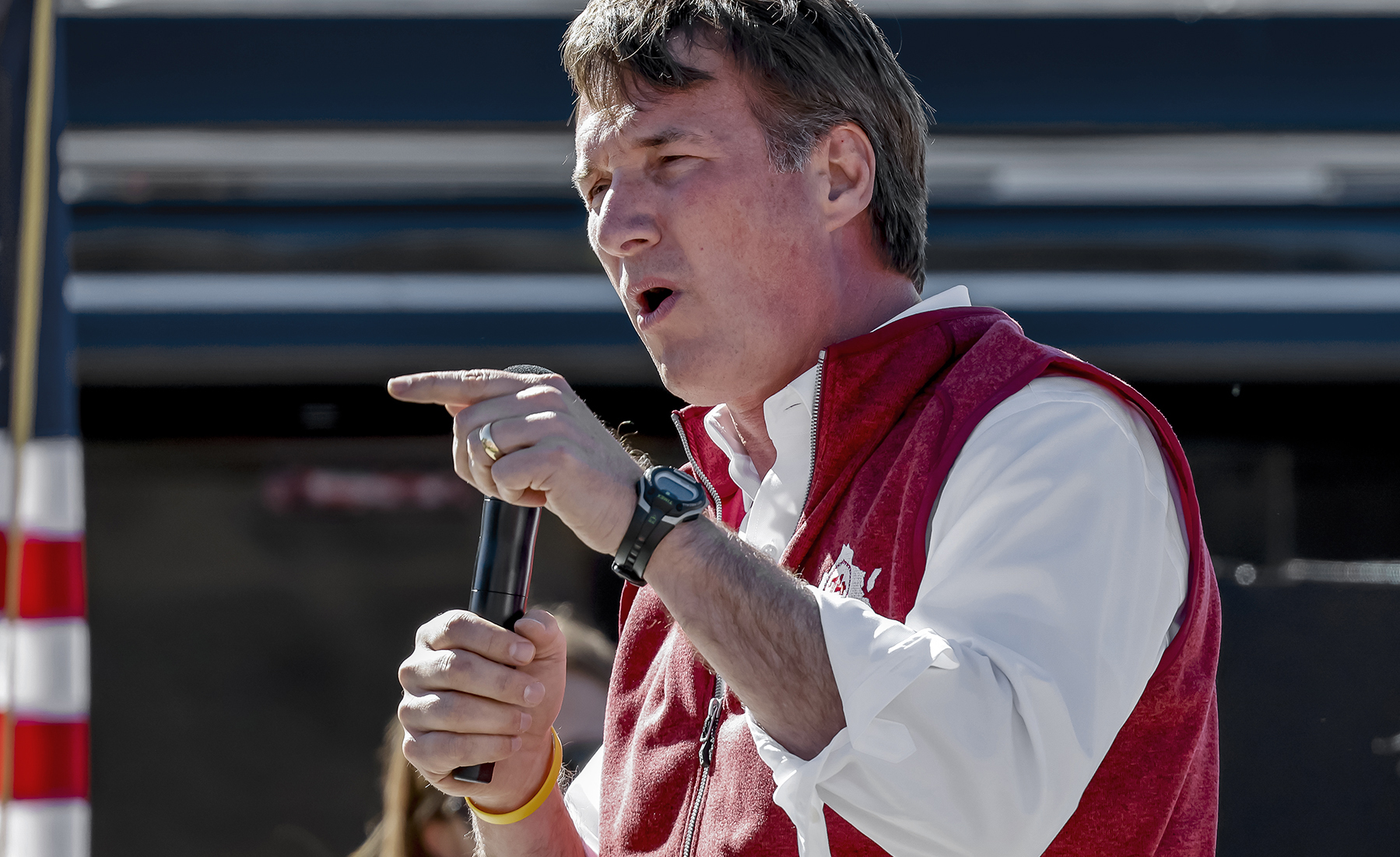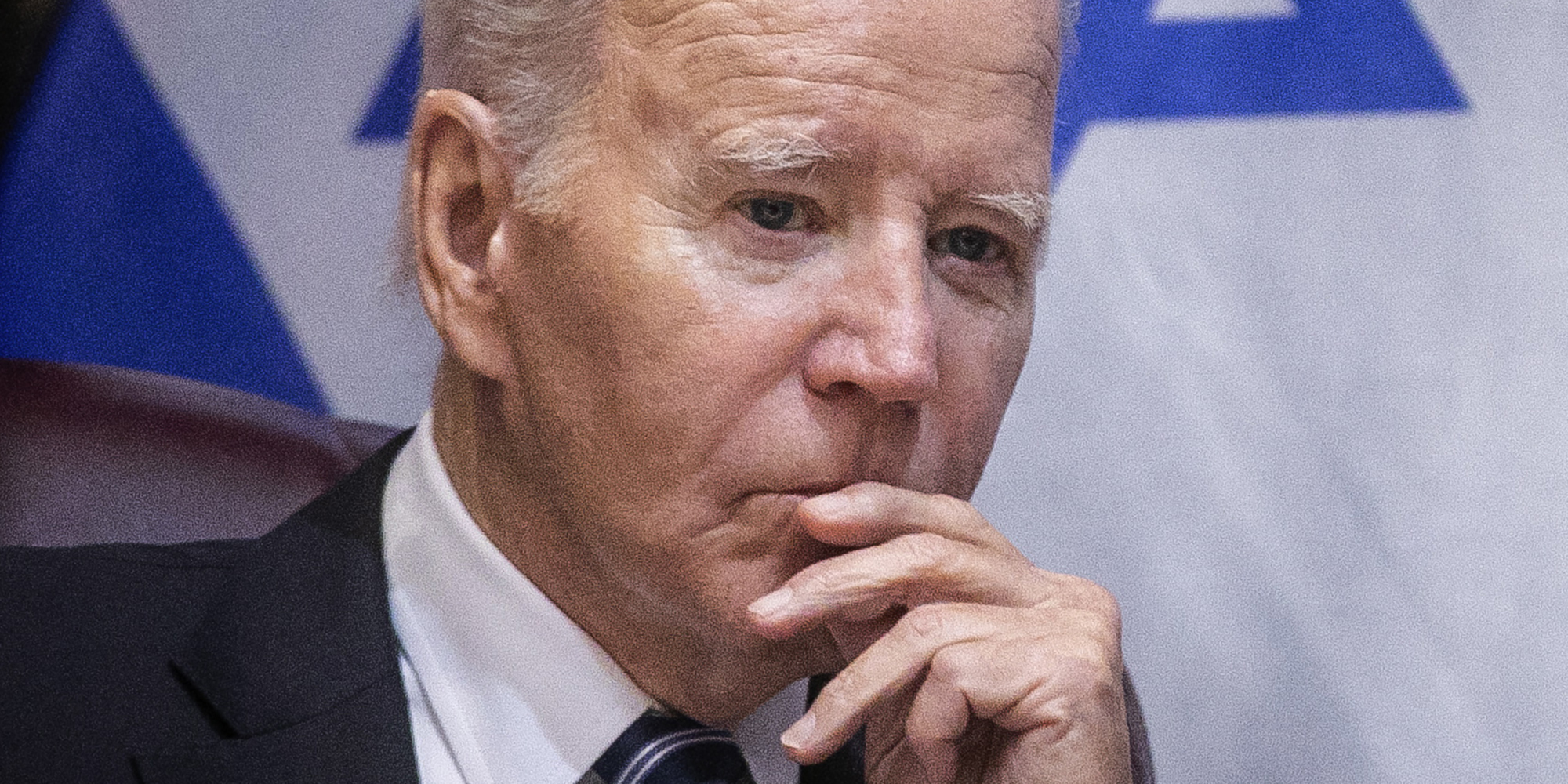US POLITICS
Electoral gains for Democrats, but polls point to Trump as clock ticks down to 20 January 2025

An off-year election and some provocative polling data are going to animate thinking about the US’s electoral future — and especially who will be president, come 20 January 2025.
Two data sets out of US politics have delivered some apparently conflicting messages concerning what voters believe they want to see in their nation’s political future. This past Tuesday, in a number of states across the country, voters offered interim verdicts on actual Republican political figures, as well as on abortion, an issue dear to the hearts of Republican politicians and voters, who apparently hold rather different views on the matter.
Readers need to keep in mind that under the US political system, not all of the country’s elections follow the same schedule. There is no national electoral office running elections. Instead, each state governs its own electoral processes, although federal oversight regarding funding has become an increasingly important feature of the electoral landscape. This is particularly so given the high cost of US elections and because campaigning runs over a longer time frame than it does in most nations. Moreover, there is a web of national and state laws that govern campaign contributions, precipitating massive efforts in fundraising and record-keeping.
While the country as a whole votes for a president every four years (actually state by state for its electoral votes — those numbers are defined by the relative weight of the populations of the states rather than the winner receiving the highest share of the national popular vote), various other elections for some offices run on different schedules. The entire House of Representatives and one-third of the Senate, the upper House, is up for election every two years.
Governors and state legislators, depending on the state, serve other terms of office and their respective cycles may not coincide with national elections. Some follow the biennial cycle that marks the elections between presidential elections, while others take place in years in between those two electoral cycles such as the ones that just happened. Blame this apparent electoral cacophony on history.
This time around, a number of state governorships were up for election, state legislators in several states were also on ballots, and there was a particularly closely watched referendum in Ohio.
Democrat gains
While the Democratic challenger lost his race in a very Republican Mississippi, Governor Andy Beshear, his counterpart in Kentucky, held off his own Republican challenger. Beshear’s win in a state that has increasingly been trending Republican for decades showed the way a relative social policy liberal can win even in the South. For at least some observers, Beshear’s success identifies him as someone to watch out for on the national scene in future, in four years’ time.
Meanwhile, there was the electoral result in Virginia. For many years, that state had been a thoroughly Republican one. But in recent years, changing population dynamics, especially the continuing growth of the Virginia suburbs adjoining the national capital and the expansion of federal employment (and hi-tech contractors) there, have made it an increasingly Democratic one.

Republican Virginia Governor Glenn Youngkin. (Photo: EPA-EFE / Erik S Lesser)
Their incumbent governor, Glenn Youngkin, is a Republican who came out of the financial services world. He had won his election previously as a candidate who had picked up on Trumpian rhetoric over those miscellaneous, evil “woke-isms,” but who had also promised to deliver an energetic, adult, efficient government — but without the lurid psychological landscape that was, and remains, Donald Trump’s speciality.
Youngkin was already being touted by some Republican strategists as the man who could come to the rescue of the Republican Party in 2024, if Trump, the frontrunner, ended up embroiled in horrific legal tangles that truly were threatening to bring down the whole party’s chances by election day, next year. However, Democrats waged a fierce fight and gained control of both houses of the Virginia state legislature, significantly deflating thoughts about the strength of a Youngkin candidacy in 2024. In turn, it has given heart to Democrats who believe the country’s political future is not irrevocably to be a Trumpian dystopia.
As The Washington Post noted, “It’s the latest of many post-2016 elections in which Democrats can come away feeling good. They clearly won in 2018 and 2020 and, in 2022 after Roe fell, had one of the best midterms for a president’s party in modern history. They have also continued to significantly over-perform their 2020 presidential margins in special elections and other races throughout 2023.”
In Ohio, another relatively reliable Republican state in presidential elections when the winner was a Republican, voters supported a referendum on women’s reproductive rights/abortion rights in what seemed to some people to be a surprising victory. Several things came together for this result.
The first is that by a significant number, when polled, Americans support such measures, despite the recent Supreme Court decision that had vacated the 50-year-old Roe v Wade decision that had ruled abortion was constitutionally protected. Second is that off-cycle elections typically draw fewer voters than do mid-term ones, let alone the quadrennial general elections. Thus, well-organised campaigns by activists can contribute significantly to ballot outcomes. The fact that women tend to be more active voters than men probably helped as well.
As the Washington Post noted, “Ohio became the latest red-leaning state to vote in favor of abortion rights on the ballot — and by a large margin. It passed Issue 1, enshrining the right to abortion into the state constitution. The pro-abortion-rights position has now won on all seven state ballot measures since Roe v. Wade was overturned in mid-2022. Turnout was also strong in Ohio, suggesting this issue continues to animate voters.”
The Post went on to explain the rather gently modulated Democratic Party’s jubilation over Tuesday’s results, arguing, “As for how much solace this night provides a year before the 2024 election? There’s a real question about whether Republicans just don’t turn out when Trump isn’t on the ballot. Beshear was an incumbent. Virginia leans blue. And even if Democrats as a whole are well-poised, that doesn’t necessarily mean Biden, with his various liabilities, will be able to take advantage.”
2024 candidates
And that leads, inevitably, to the question of the incumbent president’s quest to be re-elected. There has been a series of very recent polls in each of the battleground states (states where party support is sufficiently unpredictable to make them competitive in an election and thus vital for victory). These polls have asked registered voters to say whom they prefer, President Joe Biden or former President Donald Trump. In all but one of these polls, the one in Wisconsin, the numbers went Trump’s way.

US President Joe Biden. (Photo: EPA-EFE / Miriam Alster / Pool)
This is despite the generally positive economic landscape — unemployment is low, new employment keeps growing, inflation is coming down, new productive investment is up — that might ordinarily skew voters towards the incumbent. But, as economist Paul Krugman explained in a recent column, voters continue to see prices rising, albeit more slowly, rather than actually declining, petrol prices are still historically high, and interest rates for home, car and other loans are now rising after years of low levels.
These are factors that really catch voter attention apparently, rather than the overall core inflation or employment trends. Now, add some voter uncertainty about Biden due to his age (and thus concerns that his vice-president is not, perhaps, ready to take over in an emergency), plus growing discomfort over the seemingly unending nature of international crises in Ukraine and the Middle East and you have a litany of pressures weighing against Biden’s reelection.

Former US President Donald Trump. (Photo: Shannon Stapleton / Reuters / Bloomberg via Getty Images)
Of course, Trump is only a few years younger and has given evidence of his declining cognitive strengths, had an economic track record that pales in comparison and has uttered a sometimes incoherent set of views on foreign policy. Add to that the likelihood Trump will spend much of his time between now and November 2024, in and out of various courtrooms — or worse.
As a result of all of these factors, there is a troubling ostinato of discomfort with both parties’ presumptive candidates on the part of voters, feeding a continuing interest in the idea of another alternative party or — in the case of the Republicans — a man or a woman (like Nikki Haley perhaps) who can nudge Trump aside eventually. For Democrats, such a move would be much harder still since a candidate trying to force aside an incumbent president in their own party has inevitably led to that party’s downfall in the general election.
Republicans have had three candidate debates, without Trump, and none of those meetings have been especially helpful — or reassuring — in terms of picking an alternative to Trump, although Haley (the former governor of South Carolina and Trump’s UN ambassador) has begun improving her stature each time. As a result, it still remains hard to predict how their selection is going to turn out once the voting for primaries begins, although Trump remains the front-runner for the nomination, even if not necessarily for president.
Now, of course, we are less than a year away from the actual election and only two months or so from the first primaries and caucuses. From now on, the media will be relentless in running those backward-ticking clocks, reminding us how much closer each day brings us to the final answer of who will govern the US in the coming years. Daily Maverick will keep readers well informed throughout the coming year, as the process unfolds. DM
















 Become an Insider
Become an Insider
Comments - Please login in order to comment.